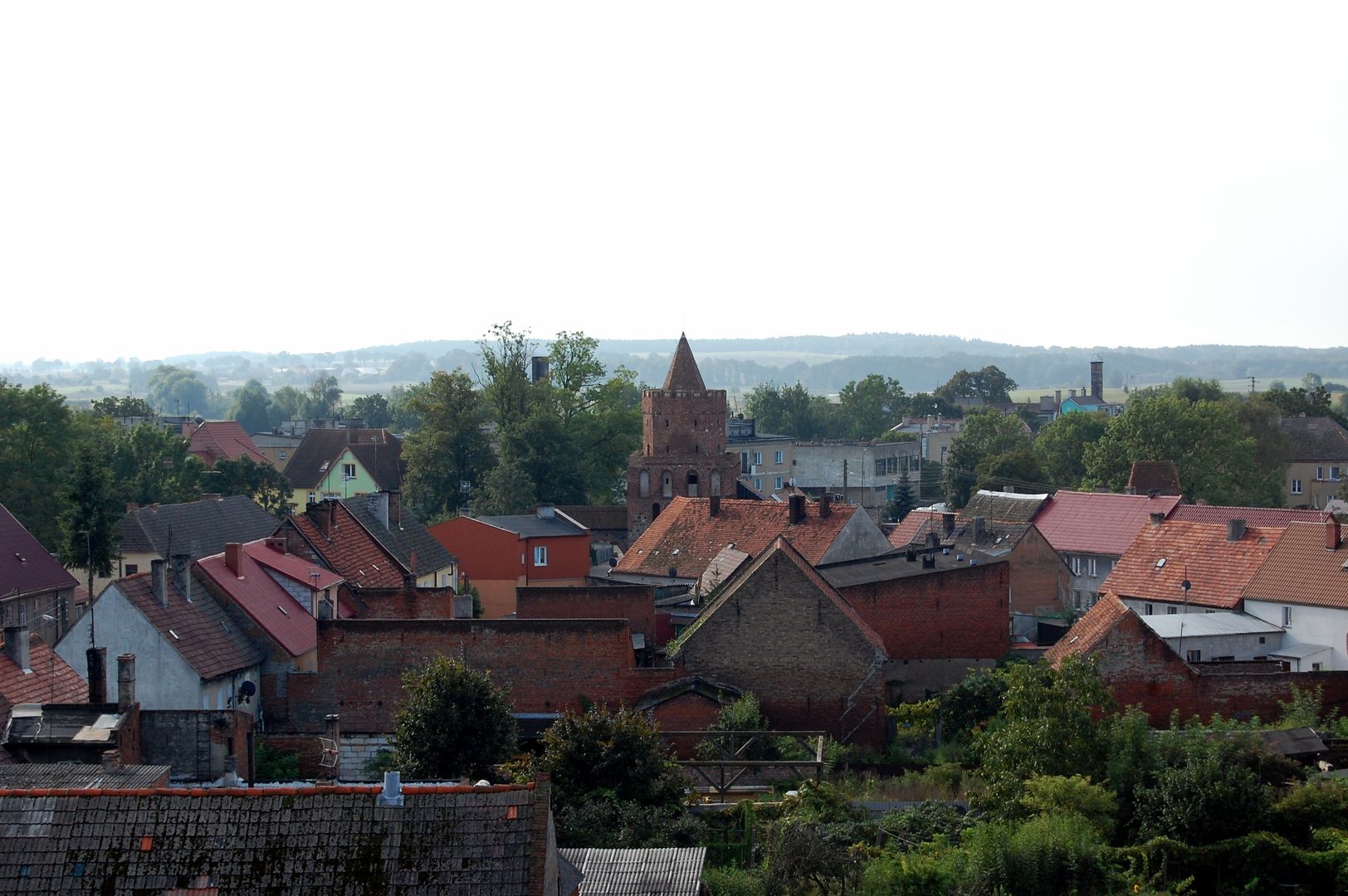Trzcińsko-Zdrój
6.26

Overview
Trzcińsko-Zdrój, formerly known as Bad Schönfließ, is a town in western Poland, located in the West Pomeranian Voivodeship on the Rurzyca River, with a population of 2,171 residents according to 2021 data. The town boasts a rich history dating back to the early Middle Ages, when a Slavic fishing settlement was established here. In 1248, Trzcińsko gained the privilege of collecting tithes, which contributed to its development due to its favorable location on trade routes. The town underwent numerous administrative changes, including periods under the influence of the Bohemian Crown and the Teutonic Knights, and its urban structure with preserved medieval elements has survived to this day, including the Church of Our Lady of Perpetual Help and the defensive walls. Trzcińsko-Zdrój can pride itself on many valuable monuments, including gates (the Myślibórz Gate and the Chojna Gate) and towers (the Gunpowder Tower and the Stork Tower), which form an important part of the town's architectural heritage. An interesting fact is the town's spa status, which it acquired thanks to the discovery of peat deposits at the end of the 19th century, attracting patients from all over Northern Europe, and the town gained the title "Zdrój" (spa). In the 20th century, after World War II, Trzcińsko-Zdrój transformed into a locality with developed social infrastructure, including a school, a cultural center, and a marketplace. Today, despite its smaller population, the town continues to cultivate its traditions, and residents have the opportunity to actively participate in cultural life, including sports, thanks to the local football team MKS "Orzeł". The name Trzcińsko-Zdrój is considered official and is written with a hyphen, which has been the standard since 2004 due to decisions by the Council of the Polish Language. The town serves as the seat of the urban-rural municipality, and its authorities are responsible for local affairs, which influences the civic activity of the local community.
Location
2025 Wizytor | All Rights Reserved